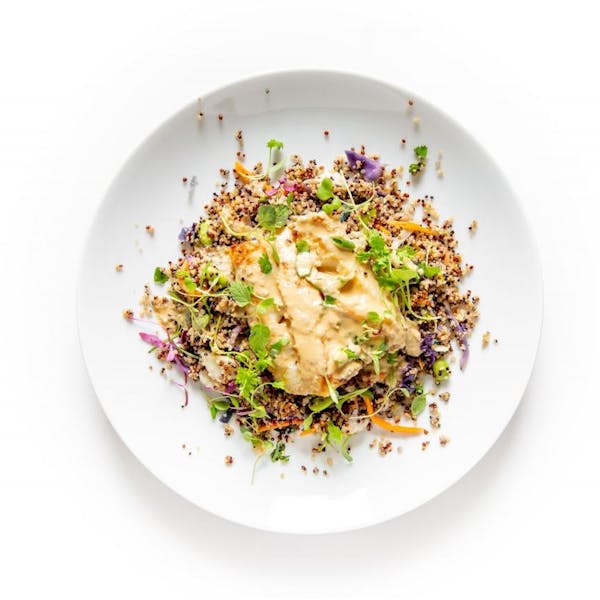
Andres Mendez
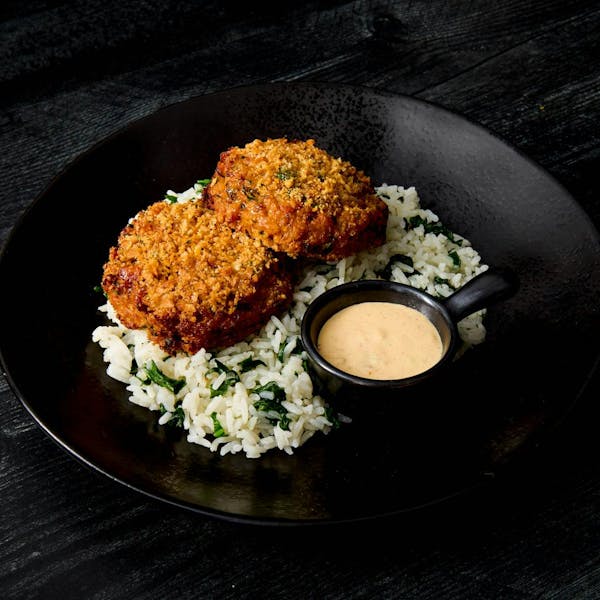
BK Prime

Maia Bengochea
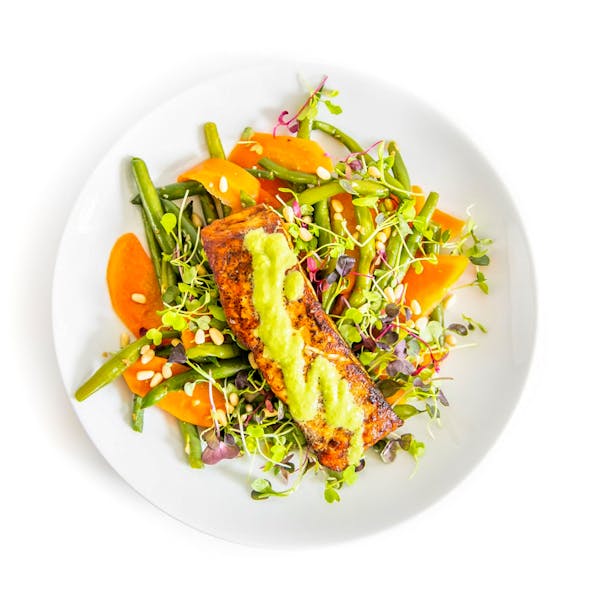
Raymundo Agrazal

Andres Mendez

Anthony Nichols
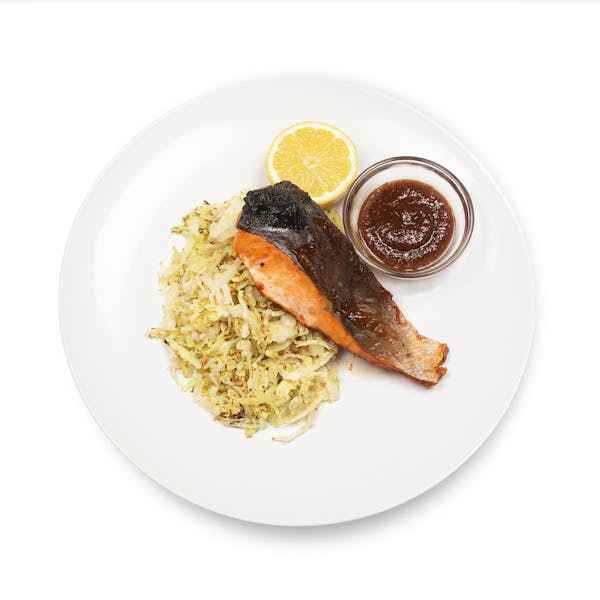
Sergio Tominaga

Andres Mendez

Santiago Lopez

Andres Mendez

BK Prime

Meena Sreenivas

Maia Bengochea

Aarthi Sampath

Aarthi Sampath

Raymundo Agrazal

Andres Mendez

Felipe Donnelly
Related Articles
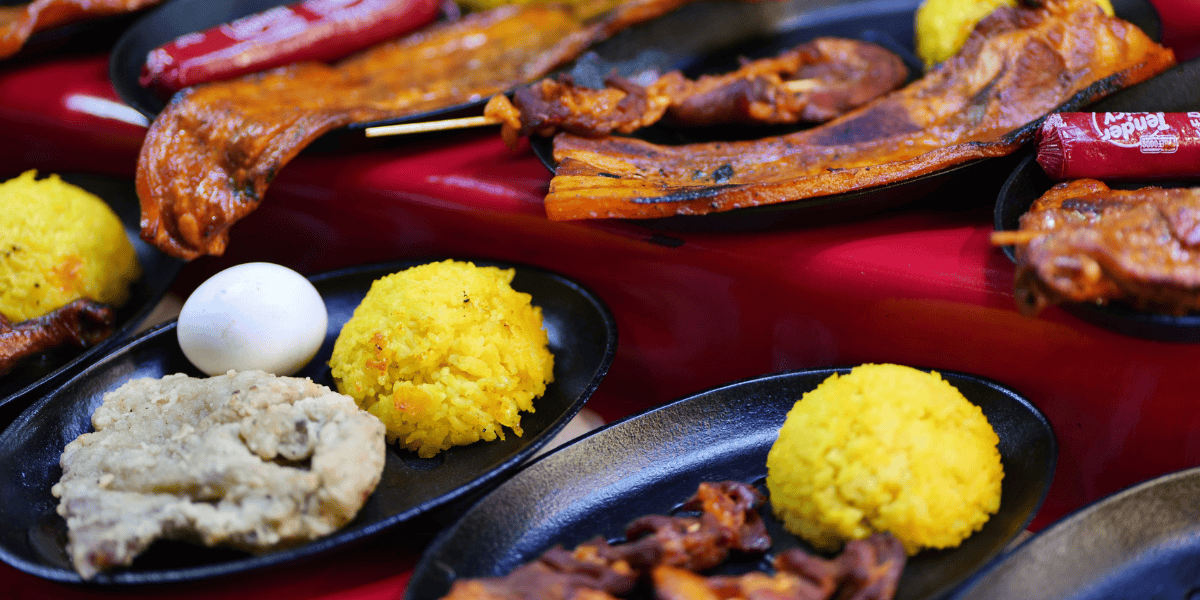
10 authentic Filipino recipes that bring Manila flavors to your table
Filipino recipes for adobo, sinigang, pancit, and more—plus cooking tips, cultural insights, and ingredient swaps for authentic home-style meals.

Sam Oriach |
Recipe created on: 10/19/2025

Cuban recipes: From quick weeknight meals to Sunday feasts
Cuban recipes featuring authentic meals like ropa vieja, Cuban sandwiches, and sides—made simple with expert tips and traditional ingredients.

Sam Oriach |
Recipe created on: 9/28/2025
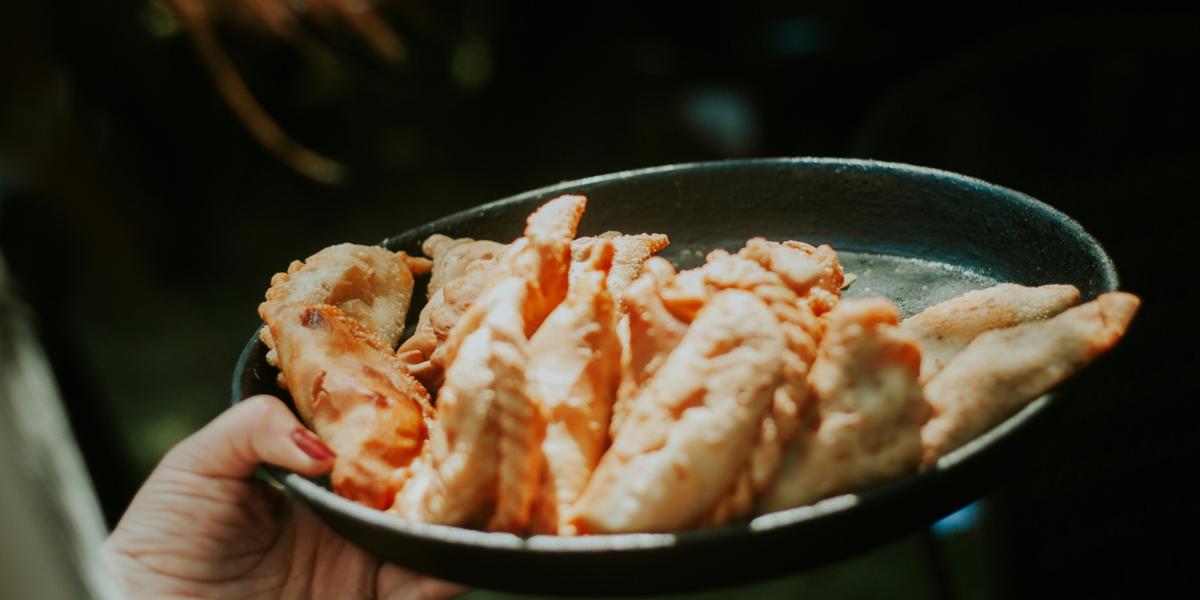
9 Argentinian recipes everyone should know how to make
Argentinian recipes made simple—discover 9 traditional dishes like empanadas, chimichurri, and asado with easy steps and authentic ingredients.

Sam Oriach |
Recipe created on: 9/28/2025
